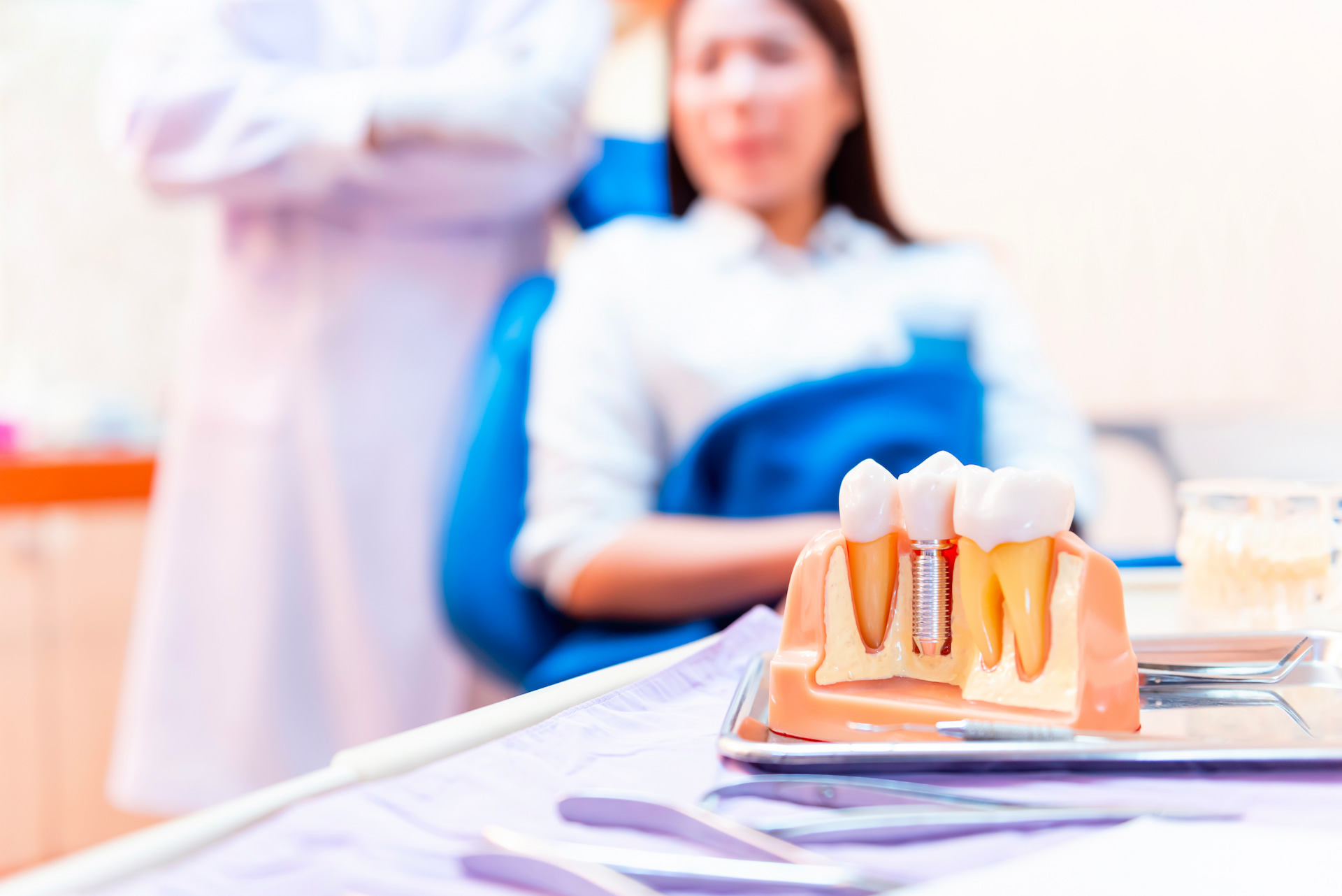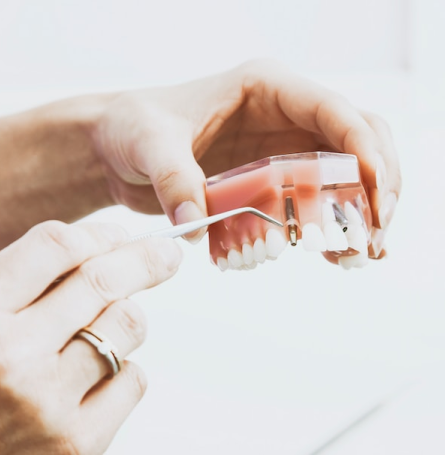Surgical Treatment Options
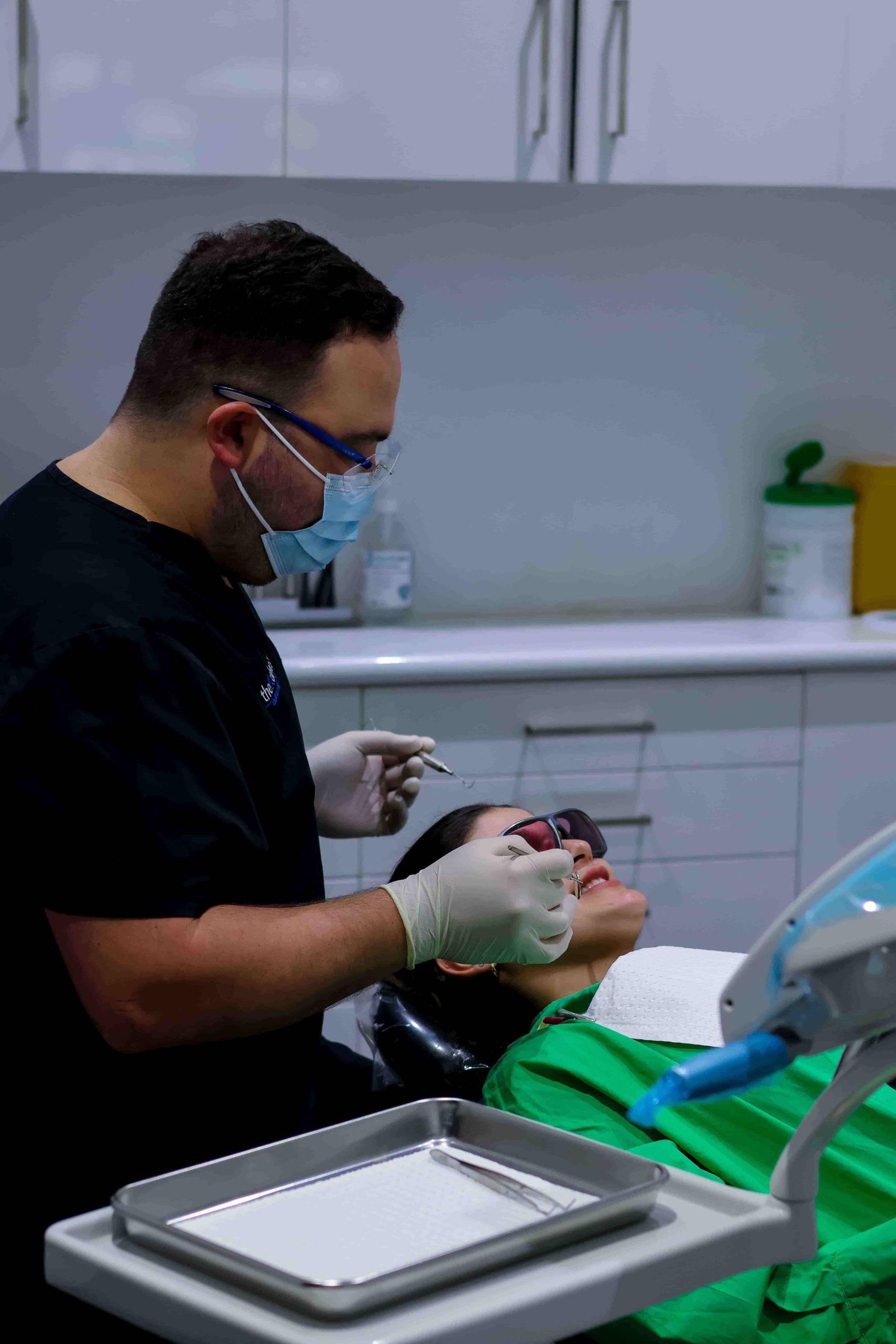
Consultation and planning
During the initial consultation, the specialist will evaluate your oral health, take X-rays, and possibly perform a 3D scan to assess the condition of your jawbone and surrounding structures. They will discuss your dental history, concerns, and goals for the implant treatment. Based on this evaluation, a customised treatment plan will be created, outlining the number of implants needed, the location of the implants, and any additional procedures required, such as bone grafting or tooth extractions.
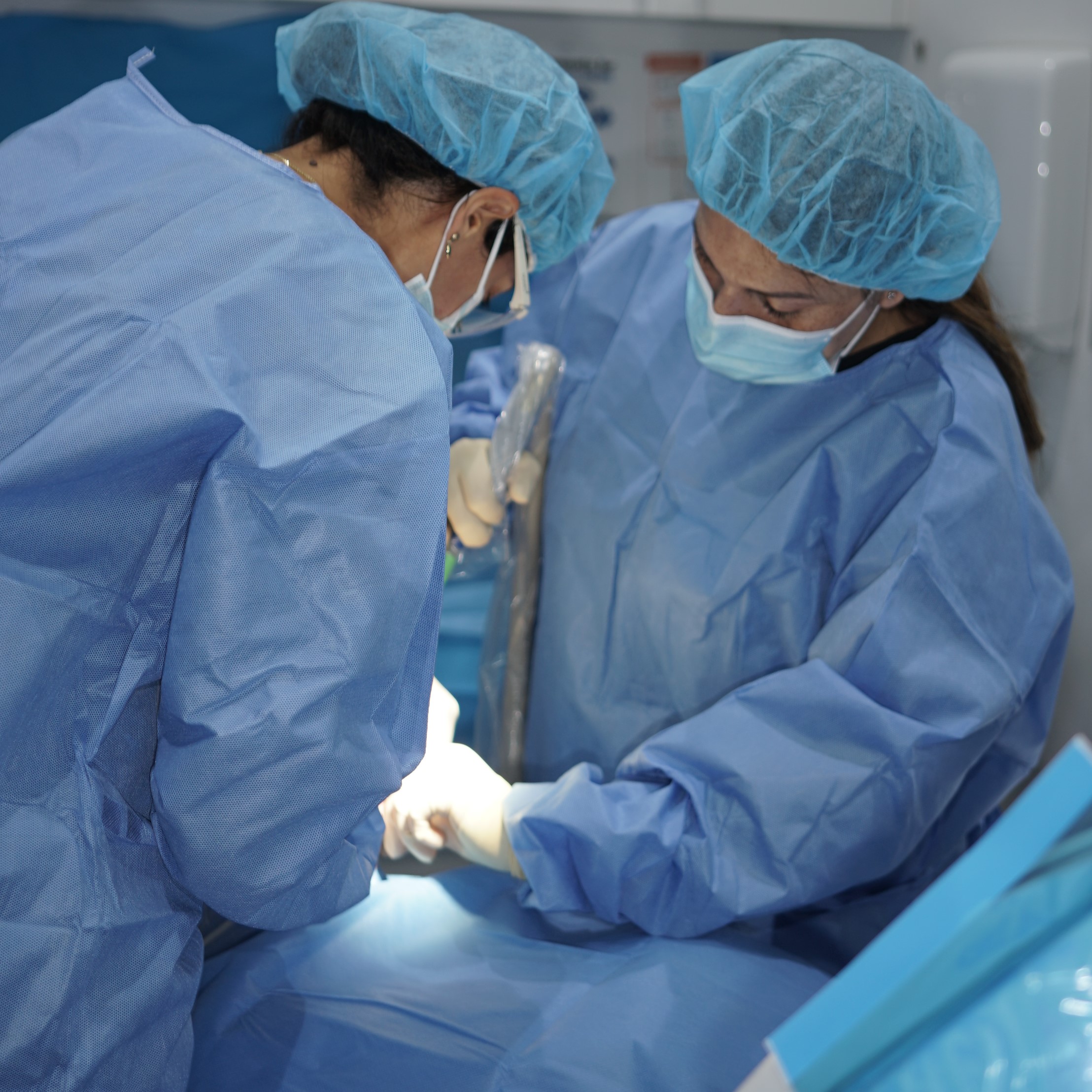
Implant placement
Under local anaesthetic, the specialist will create an incision in the gum tissue and carefully insert the implant post into the jawbone. In some cases, a temporary restoration may be placed on the implant during the healing period. The gum tissue is then sutured back into place, allowing the implant to integrate with the jawbone through a process called osseointegration.

Healing
After the implant placement, a healing period is required to allow the implant to fully integrate with the jawbone. This typically takes several months, during which time the implant fuses with the surrounding bone, creating a strong and stable anchor for the artificial tooth. During this healing phase, proper oral hygiene practices and regular check-ups with the dental specialist are essential to monitor the progress and ensure successful integration.
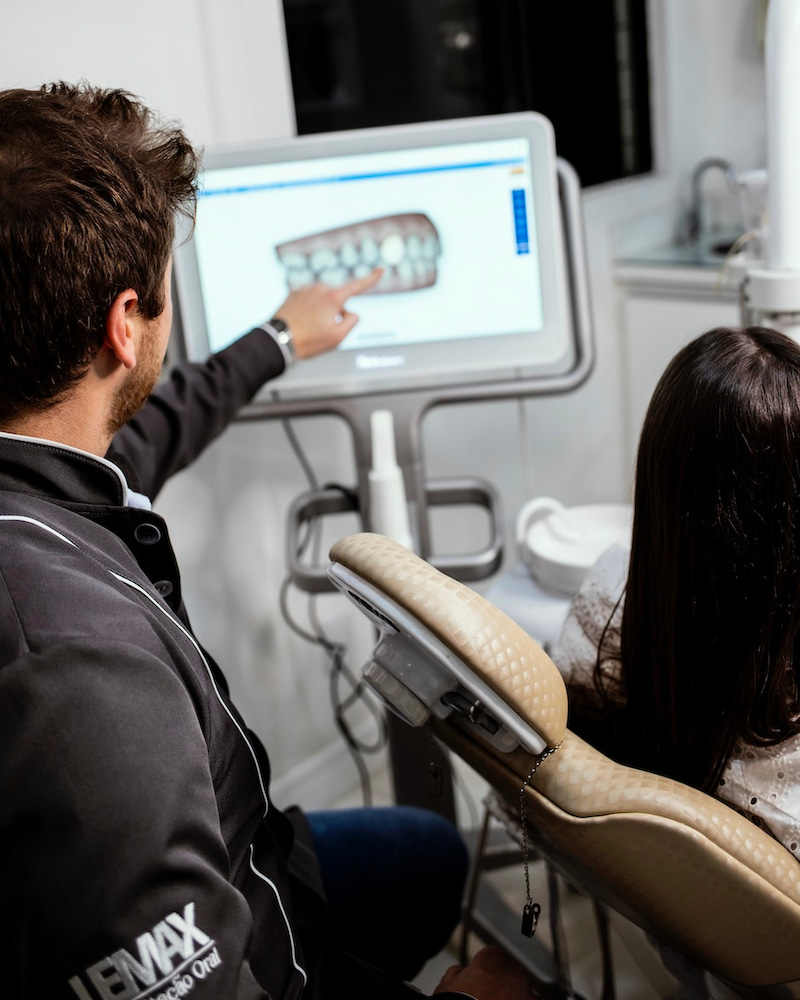
Final restoration
Once the implant has fully integrated, the final step is to attach the abutment and dental crown or prosthetic restoration. The abutment is a connector piece that is attached to the implant post, and the dental crown is custom-made to match the color, shape, and size of your natural teeth. The dental specialist will carefully place and secure the crown or prosthetic restoration onto the abutment, providing a functional and aesthetically pleasing replacement tooth.
Aftercare for Dental Implants
Maintain good oral hygiene
Proper oral hygiene is crucial for the long-term success of your dental implants. Brush your teeth at least twice a day using a soft-bristle toothbrush and a non-abrasive toothpaste, floss daily and rinse regularly with an antimicrobial mouthwash to reduce the risk of infection.
Avoid hard, sticky, or chewy foods
During the initial healing period after implant placement, it’s important to follow a soft food diet recommended by your dentist or oral surgeon. As the healing progresses and your dentist gives you the go-ahead, gradually reintroduce a wider range of foods into your diet.
Avoid harmful habits
Avoid habits such as smoking, consuming alcohol and chewing tobacco, as they can hinder the healing process and increase the risk of implant failure. If you participate any contact sports or activities, wear a mouthguard to protect your implants and natural teeth from potential injury.

Dental Implants
The TLC Dentist provides dental implants in Sydney for both single and multiple teeth.
Our dental implant specialist, Dr Dimitri Lucas is a member of the Australian Society of Implant Dentistry and the International Congress of Oral Implantologists.
Book an Appointment by calling on (02) 9558 0225
Benefits of Dental Implants
- Prevents bone loss in the jaw
- Can last a lifetime when looked after well
- Looks natural
- Keeps adjacent teeth stable
- Helps maintain a natural and youthful face shape
- Stronger and more stable chewing
- Isn’t removed and stored separately nightly
- Practice oral hygiene like you would with natural teeth
Types of Dental Implants
Dental Implant (Single)
A single-tooth dental implant has a metal screw root that is often inserted into the jaw with a crown placed on the top (endosteal dental implant). This kind of treatment replaces a single missing tooth with a natural look and feel. Patients need to have a minimum amount of jaw bone density to have this kind of treatment.
All-On-4 Dental Implants
All-on-4 implants are a restorative procedure that replaces all of a patient’s teeth with just four implants. Another name for this treatment is denture-supported implants. Patients report feeling comfortable smiling, talking and eating their favourite foods after an all-on-4 dental implant treatment. There will likely be some mild and moderate discomfort before the area has healed.
This treatment offers more strength than dentures and allows you to clean your teeth as you would with your natural teeth.
Dental Implant-Supported Bridge
An implant-supported bridge is a tooth replacement option for multiple teeth. In this type of dental bridge, two implants are placed on either end with a ‘rootless’ tooth in the middle.
Subperiosteal Dental Implant
This treatment is suited for those looking to replace multiple teeth but who have a thin or weak jawbone (which would normally disqualify you from having a dental implant-supported bridge or dentures). A subperiosteal procedure uses a metal framework to place a dental implant under the gumline and on top of the jawbone instead of directly inside.
The TLC Dentist clinic offers a wide range of dental care services to help our patients look after their oral health: from general dentist check-ups and children’s dentistry to treating gum disease.
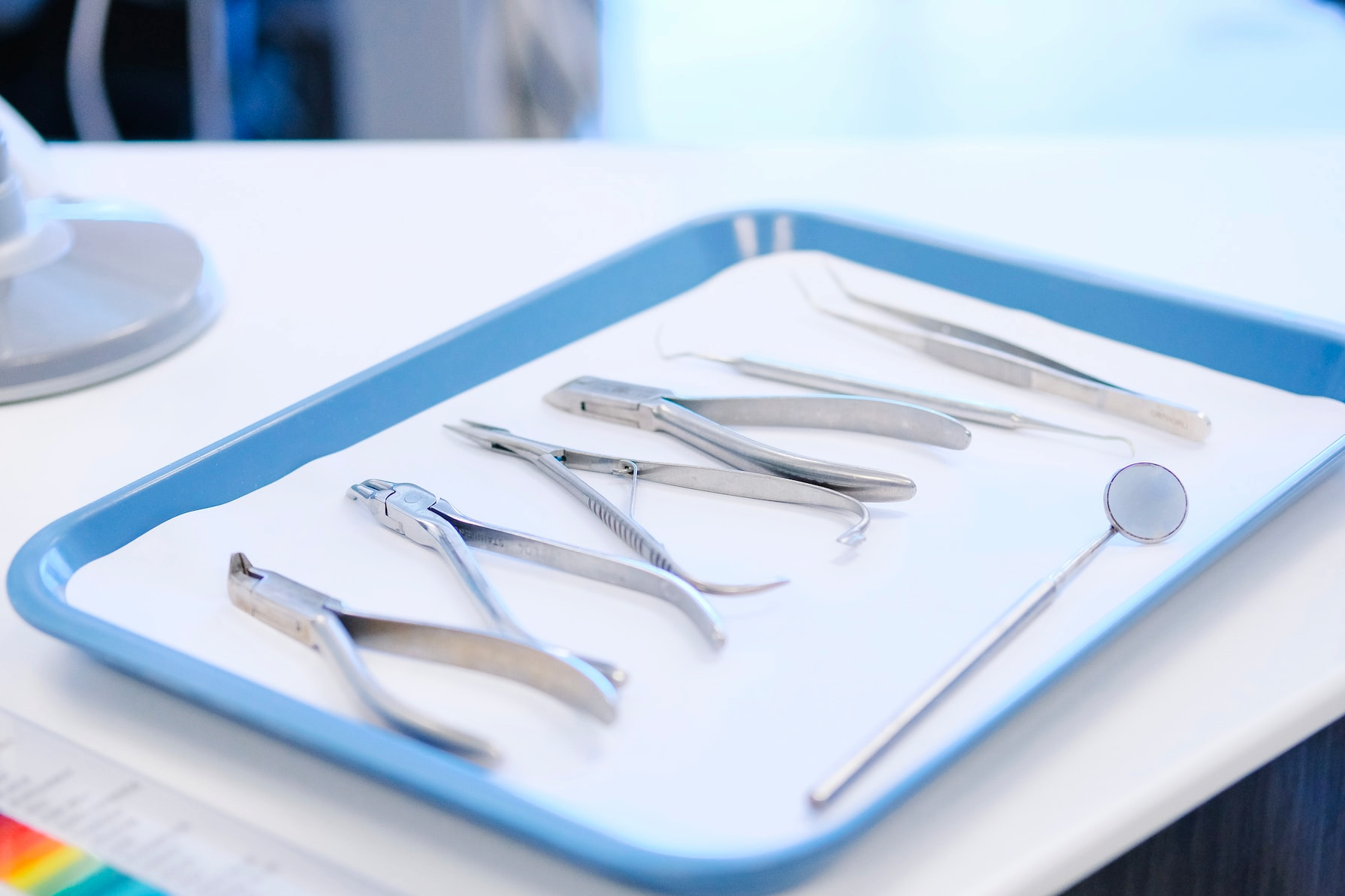
Follow The TLC Dentist On Instagram
Error: No feed with the ID 1 found.
Please go to the Instagram Feed settings page to create a feed.
